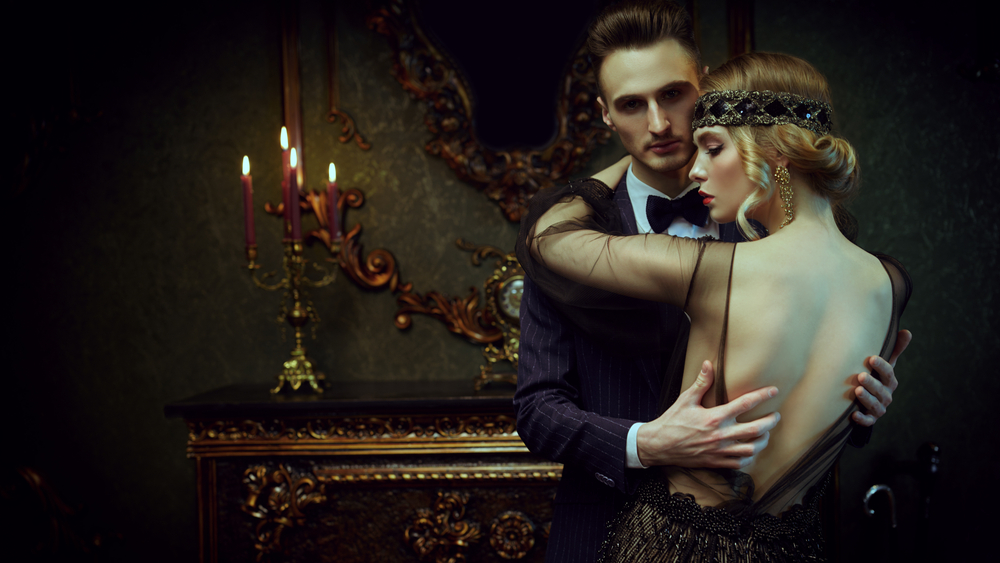In today’s article we will look at some details related to the Art Deco era in jewellery. The era we know today as “Art Deco” received its name from the “Exposition International des Arts Décoratifs et Industriels Modernes”. This was held in Paris in 1925 and was largely devoted to the jewelry arts.
Art Deco and jewellery styles
This era is characterized by the attempt to link industry with art, and the style of jewelry becomes geometric and linear with angles and strict lines. Consequently, there is a move away from excessive ornamentation and an emphasis on the geometric essence of the objects, with a clear move towards modernism.
Women finally gain the right to vote in 1920. Their style changes, they cut their long hair and are liberated. But it was the First World War that radically transformed women’s fashion. Men were absent and women took on multiple roles that forced them to abandon their corsets and shorten the length of their clothes. These are now simple and elegant with straight lines, and of course the new look requires a new style of jewellery. Fashionable women often participated in sports activities such as golf, tennis and yachting, organized entertainment evenings with dancing and cocktails, smoked, wore make-up and drove.
The style of jewelry was based on geometric patterns and strong color contrasts, such as white/black, or white/red, green or blue. Patterns suggesting speed such as arrows and panthers were also frequently used. The combination of white metals and diamonds set together with carved black onyx, sapphires, rubies and emeralds is observed. People now see an opportunity to invest money in gold and gems in the form of jewelry, as the economy is still not stable although money is now flowing freely compared to the wartime or even pre-war period. During this time fancy cuts in diamonds are also developed so we see the strict geometry and in the new shapes of diamonds, as well as the combination of coral with gemstones, colorless quartz with diamonds and black onyx, agate, amber and turquoise combined for color intensity.
The sources of influence of jewellery
In 1922 the tomb of Tutankhamun and many fascinating Egyptian treasures are discovered. Jewellery designs are clearly influenced by these discoveries and we see a revival of Egyptian style and colour, and the use of materials such as lapis lazuli, turquoise, carnelian, and enamel. At the same time, sculptors are collaborating with jewellers and with an influence from India we see important carved gemstones in the shape of flowers, fruits or leaves framed by diamonds in the jewellery. Motifs are also drawn from Islamic art resulting in jewellery with an arabesque logic that is luxuriously rendered with emeralds, rubies, sapphires, nephrite and lapis lazuli.
The techniques of culturing pearls in oyster farms were perfected and long pearl necklaces became a hallmark of the era. The ‘serti invisible’ was also an important innovation of the period. This is a technique of setting gemstones without the metal holding the stones being visible at all, creating large surfaces completely covered with diamonds, rubies or sapphires in the highly impressive jewellery.
The 1930s were characterised by large jewellery, striking brooches, massive earrings and wide bracelets full of diamonds. Polymorphic jewellery was typical of the era such as earrings with inserts that could be removed to suit the occasion, brooches that split and turned into two or more clothing clips and necklaces that could also be worn as bracelets.


